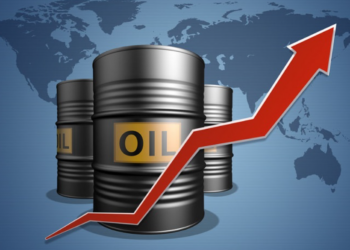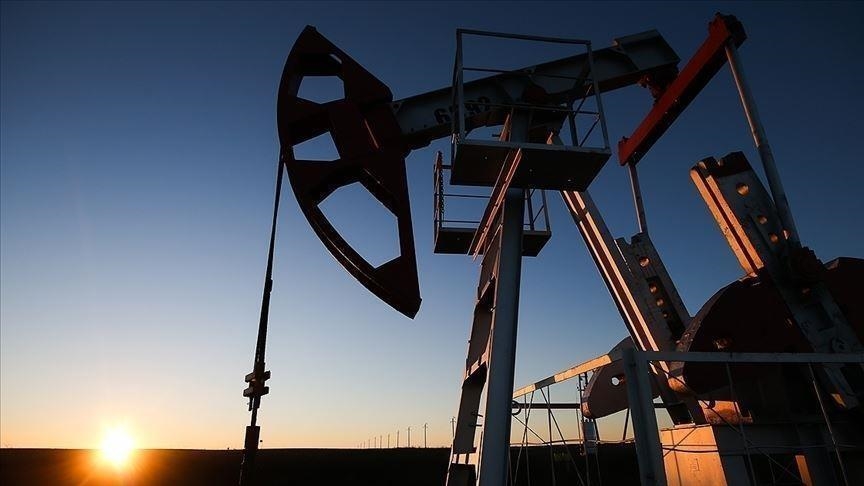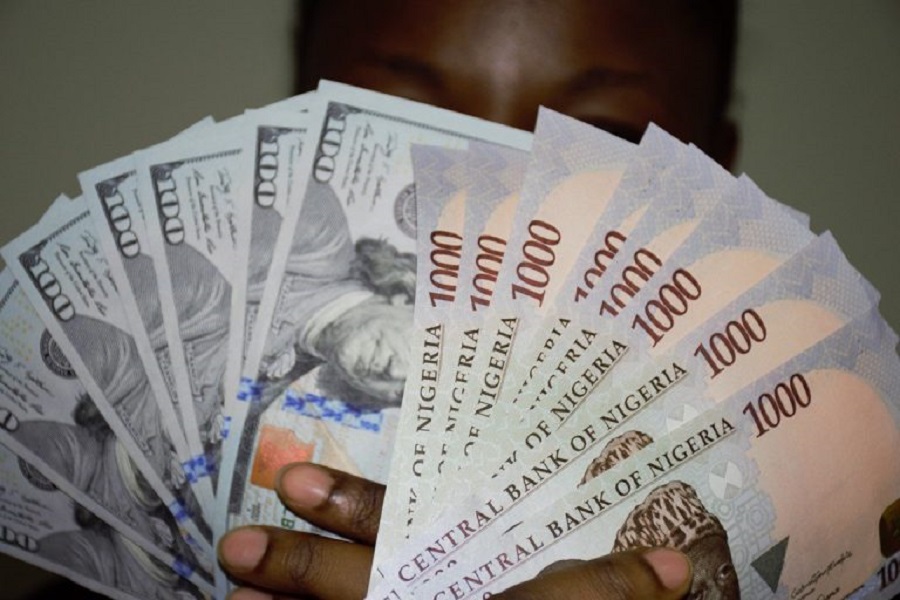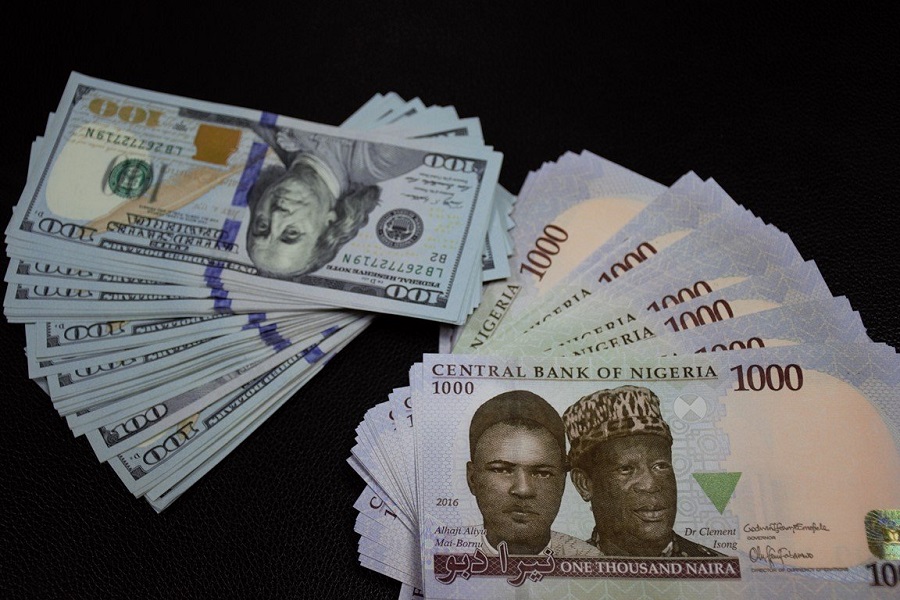Brent Oil edged towards $28 a barrel before pulling back to the $26-27 price levels at the Asian Session on Friday morning. This move consolidates oil’s first weekly gain in a month. The Oil bears were losing steam mid-week and gave room for the Oil Bulls to overcome them as market fundamentals favoured an upside in prices. Prices were headed for a decline at the beginning of the week, but positive data in demand, supply cuts from oil-producing nations, and a potential drug that could potentially treat Covid-19 favoured a U-turn in Oil Prices.
While concluding my last article, where are oil prices headed?, I wrote: “As for the Oil Bears, they still lean towards the elephant in the room, which remains the demand destruction caused by the Coronavirus and the availability of storage facilities for excess oil.” This eventually set up an oil-handicapped match at the beginning of the week, as The Bears pitched tent with the Elephant and trumped the Bulls in two days. Eating up almost half of all the gains, the Bulls made last week.

Point A to Point B shows how prices nosedived from Monday to Tuesday.
Brent Oil prices slid to $19 on Monday after it was reported that the United States Oil Fund LP claimed it would sell all of its holdings on W.T. I June contracts. The reason behind their decision was to avoid a similar scenario of negative prices as a result of buyers facing inadequate storage facilities when the futures contract expires. Stephen Innes, a global market strategist at AxiCorp, corroborated their concerns. He said that “The startling June selloff is in part due to the reality of storage facilities filling up rapidly.”
That triggered more selloffs coming into Tuesday as prices further dwindled on the backdrop of information concerning filled storage capacities. There were a lot of storage tankers and vessels carrying oil throughout the week, with no one eager to buy them, which raised concerns of a repeat of the collapse that sent oil below zero for the first time last week.
(READ MORE: Crude oil prices rebound continues on signs of demand recovery)
On Tuesday, oil prices seemed to rebound from Monday’s lows, placing a floor to support prices. The factors behind the upward price movement were the explosion of an oil tanker in Syria and the hopes of financial intervention given to the U.S. energy industry by U.S. Treasury Secretary Steven Mnuchin. Oil, as an event-driven commodity, reacted positively to both news.
Focus later shifted to the American Petroleum Institute report on Tuesday to determine if prices would rise or fall. (Energy traders and investors always target API and EIA weekly releases to calculate their market positions.) Both releases report weekly measure of the change in the number of barrels in stock of Crude oil, and it’s derivatives. Eventually, the A.P. I announced a build of 9.978 million barrels represented a decline compared to the 13.226 million barrels added the previous week. These reports pleased the Oil bulls as it allayed their fears of rising inventories that would create a lack of storage capacity. The following day the EIA also reported a decline giving optimism for consumption as it reported that the weekly gasoline supplied (an indicator for demand) rose by 549,000 barrels a day the most rise since May 2019. Nick Holmes, a portfolio manager at Tortoise, described the events as “a nice surprise to the market.”
The icing on the cake for the oil prices came on Wednesday, as positive data came from Gilead Sciences concerning the search for a cure to the Coronavirus. White House health advisor Dr Anthony Fauci said on Wednesday that data from a coronavirus drug trial testing Gilead Sciences’ antiviral drug remdesivir showed “quite good news and sets a new standard of care for Covid-19 patients.”
Adding to the positive mood in the market on Thursday, Western Europe’s largest oil producer, Norway, announced that the country would be cutting production, the country’s first cut in two decades, which adds to the OPEC+ cuts deal which begins on Friday. According to Russian Energy Minister, Alexander Novak, oil companies would cut output by about 19% from February levels. Nigeria, which has been struggling to sell its oil even at $10 a barrel, would ship the lowest volume of its key Qua Iboe crude grade since 2016 in May and June. Warren Patterson, head of commodities strategy at ING, said
“If we see a continuation of this trend in the coming weeks, it could suggest the worst might be behind the oil market,”

Point B to Point C represents the rally in prices from Wednesday.
With a significant drop in production, a rise in demand, and a potential cure, Brent oil surged to over $27.50 at the closing session on Thursday. Prices seem to have stabilized and recovered after the carnage that followed the collapse of prices in the past few weeks, which gives hopes to Nigeria and fellow oil-producing nations.
P.S.: To further confirm victory for the Bulls, view the popular “golden cross” on the chart above.
Dapo-Thomas is a Global Markets analyst and an Energy Trader. As an Oil Analyst at Nairametrics, he focuses mostly on the energy sector, fundamentals for oil prices and analysis behind every market move.






















